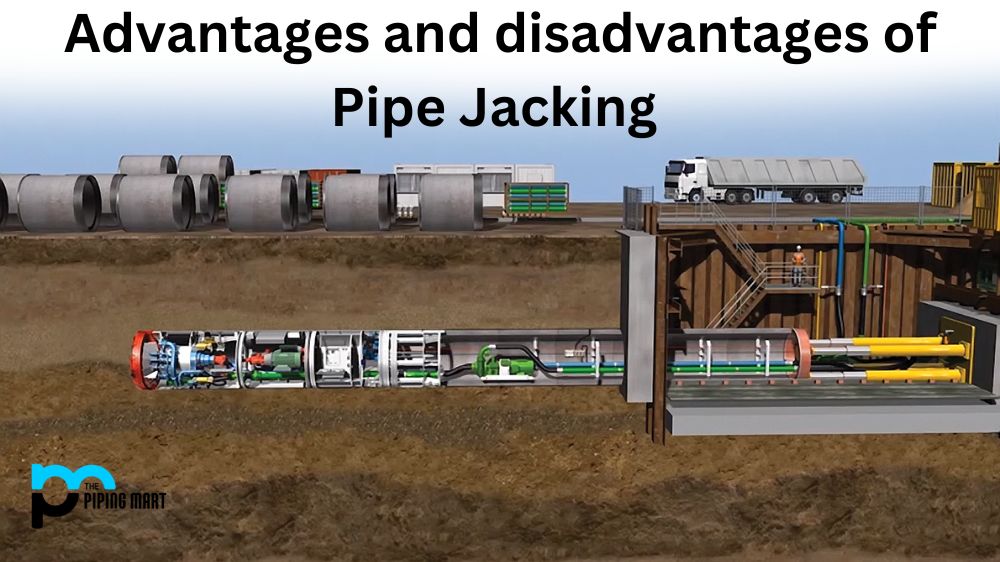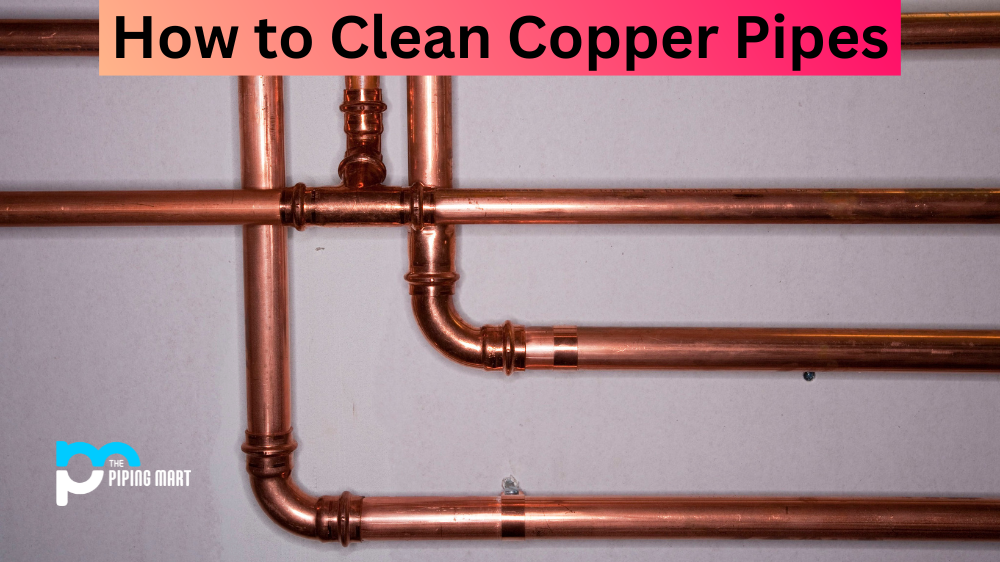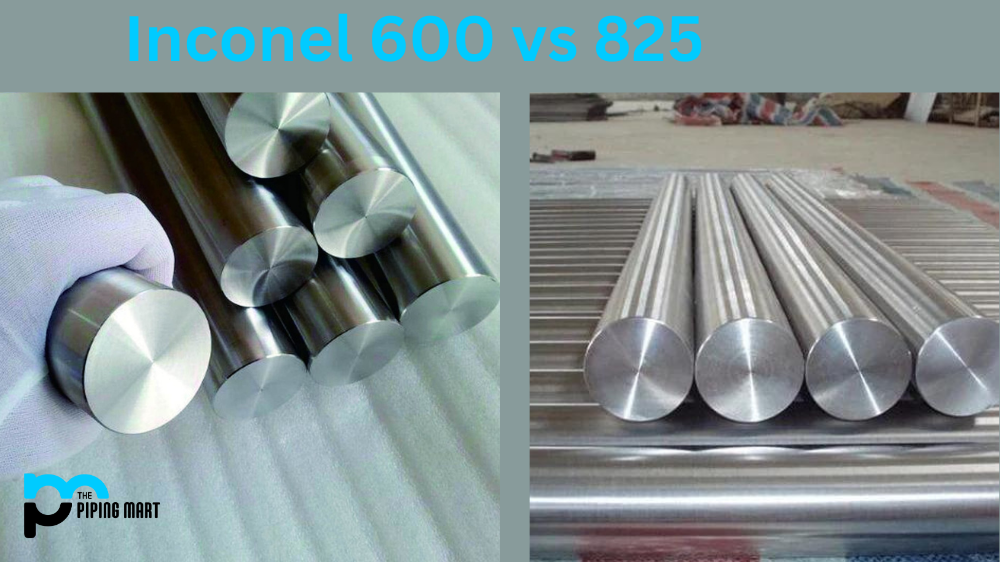Pipe jacking is a technique used in the construction industry for building underground utilities, including sewers and water lines. The process involves pushing pre-cast concrete pipes through the ground using hydraulic jacks. It’s a fast and efficient method of excavation that has been around since the 1950s. But what are the advantages and disadvantages of pipe jacking? Let’s take a closer look.
5 Advantages of Pipe Jacking
Pipe jacking is an efficient way to build underground pipelines without disrupting surface-level activities, making it ideal for urban areas where there is little space available. It also eliminates the need for open trenches, which can cause safety hazards and damage existing infrastructures such as roads and sidewalks. Additionally, pipe jacking can be used in tight spaces or over long distances with minimal soil removal, saving time and money on labor costs.
Fewer Pesticides
One of the primary benefits of organic foods is that they contain fewer pesticides. Pesticides are chemicals that are used to kill insects or other organisms that may harm crops. While pesticides can help to increase crop yields, they can also be harmful to human health. Numerous studies have linked exposure to pesticides to a variety of health problems, including cancer, reproductive issues, and neurological problems.
More Nutritious
Organic foods have also been shown to be more nutritious than non-organic foods. A study published in the British Journal of Nutrition found that organic fruits and vegetables contain higher levels of vitamins and minerals than their non-organic counterparts. The study also found that organic foods contain higher levels of antioxidants, which are beneficial compounds that can help to protect the body against disease.
Better for the Environment
Organic farming practices are also better for the environment than traditional farming practices. Organic farmers use methods such as crop rotation and cover crops to improve soil health, which helps to reduce water pollution and soil erosion. Additionally, organic farmers often use less energy than conventional farmers as they do not rely on synthetic fertilizers or pesticides, which require a great deal of energy to produce.
No Genetically Modified Organisms
Another benefit of organic foods is that they do not contain genetically modified organisms (GMOs). GMOs are plants or animals that have been created through genetic engineering, a process in which genes from one organism are inserted into another organism in order to create a new variety with desired traits. Some people believe that consuming GMOs may be harmful to human health, as there is currently no long-term data on the safety of consuming them.
Animals Are Treated Better
Organic standards also require that animals be treated better than those raised on conventional farms. For example, organic chickens must have access to the outdoors, while those raised on conventional farms typically do not. Organic cows must also be fed a diet that is free from growth hormones and antibiotics.
8 Disadvantages of Pipe Jacking
The cost of pipe jacking can be prohibitively high compared to traditional trenching methods. While it does reduce labor costs associated with excavation, the cost of equipment rental for pipe jacking projects can be quite expensive. Additionally, some jobs may require special tools or techniques that can further increase the cost. Furthermore, pipe jacking has limited applications due to its reliance on pre-cast concrete pipes; this means that any non-standard pipes must be cast on-site before they can be installed via pipe jacking.
High initial cost
Pipe jacking is a very expensive method of installation and is often not cost-effective for small projects.
Difficult to install in difficult terrain
Pipe jacking can be difficult to install in areas with difficult terrains, such as rocky or hilly areas.
Requires special equipment
Pipe jacking requires specialized equipment that is not always readily available.
Time-consuming
Pipe jacking can be a very time-consuming process and is often not suitable for time-sensitive projects.
Can cause damage to surrounding areas
Pipe jacking can sometimes cause damage to the surrounding area due to the heavy machinery and equipment required for the process.
Can cause disruptions to nearby services
Pipe jacking can sometimes cause disruptions to nearby services, such as water and gas lines.
Limited access during installation
During the installation process, access to the pipe jacking site is often limited, making it difficult for people to get around.
Not suitable for all types of pipes
Pipe jacking is not always suitable for all types of pipes, and some types of pipes may be more difficult to install than others.
Conclusion:
Overall, pipe jacking is an efficient method of constructing underground utilities, but it comes at a price. While it may not always be feasible given budgetary constraints or project requirements, it’s often worth considering when constructing new pipelines in urban areas due to its ability to minimize disruption while still getting the job done quickly and efficiently. If you’re looking into building an underground utility system and want to find out if pipe jacking is right for you, contact a professional contractor who specializes in this type of work today!

Pipingmart is a B2B portal that specializes in metal, industrial and piping items. Additionally, we share the latest information and information about materials, products and various types of grades to assist businesses that are involved in this business.




